Te Ara WhakatipuThe Path of Growth
Dec 21, 2014

Ten Ngāi Tahu rangatahi walked in the footsteps of their ancestors, deep into the Hollyford Valley and to Whakatipu Waitai (Martins Bay) where they spent a week learning about their tīpuna, their culture, themselves and the environment.
Kaituhi Phil Tumataroa reports.
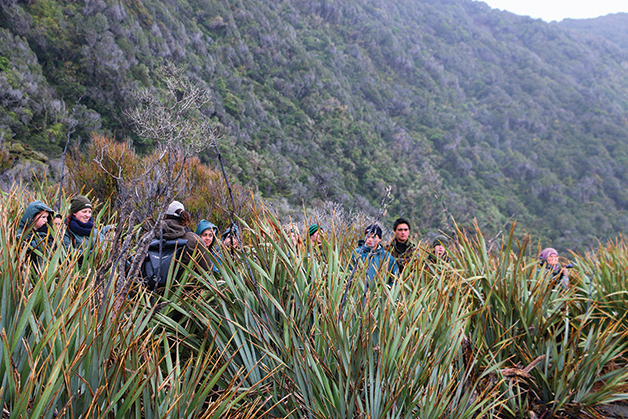
The hīkoi, named Te Ara Whakatipu, which translates to ‘the path of growth’, was funded by Te Rūnanga o Ngāi Tahu through its successful Manawa Hou programme. Ōraka Aparima Rūnanga and Te Rūnanga o Makaawhio also supported the kaupapa and Ngāi Tahu Tourism donated the use of its Hollyford Track facilities including its Martin Bay lodge, its jet boat, staff and expertise.
For Kara Edwards (Kāti Mahaki) who organised the hīkoi it was a personal project aimed at helping to grow the next generation of leaders.
“This hīkoi was about trying to create opportunities for all rangatahi – I want our young people to be proud of who they are and where they’re from by capturing their hearts and opening their eyes to things they may never have thought about.”
All of the rangatahi have whakapapa connections to the area and were taken to Opiu, the wāhi tapu site where their ancestor Tūtoko lived.
“It was very spiritual and energising to be able to go to Opiu and have those moments of reflection – especially being there with whānau and cousins,” says 15 year-old Hinepounamu Apanui-Barr (Kāti Mahaki) who lives in Wellington.
Mike Talbot, a former Hollyford Track guide, helped Kara plan and lead the hīkoi. “Kaitiakitanga was a strong theme of the trip and getting kids active outdoors and participating in what we have on our backdoor step.”
Tā Tipene O’Regan and Kaiwhakahaere Tuarua Lisa Tumahai were also invited to join the group and flew in to Martins Bay to meet the rōpū and share their knowledge.
“There’s nothing more certain than that we have to prepare a large cohort of people from which the next generation of leadership can be drawn,” says Tā Tipene. “We must create a new generation of story-tellers within the tribe for our stories to survive. Some will contribute and some won’t, but the participants are more informed and have consciousness of their ancestral connections, the value of that simple fact can’t be underestimated.”
How do you plant the seed of leadership in our rangatahi? How do you engage and connect our rangatahi with their culture and then give it relevance in today’s world? This is a question Te Rūnanga o Ngāi Tahu is addressing through its Manawa Hou programme.

Click an image below to view a slideshow.
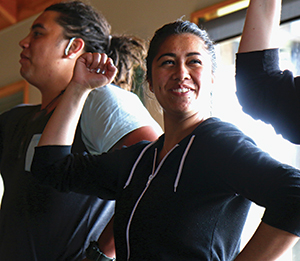 Rongo-A-Whare Bennett (Ngāti Waewae) is from Hokitika, but lives in Christchurch while she studies towards a travel and tourism qualification at Sir George Seymour College.
Rongo-A-Whare Bennett (Ngāti Waewae) is from Hokitika, but lives in Christchurch while she studies towards a travel and tourism qualification at Sir George Seymour College.
“Experiences like this teach us young ones about ourselves and our iwi. It’s more than I expected, it is a spiritual journey knowing that I am from here and learning along the way. it has given me confidence and I want to do more of this.”
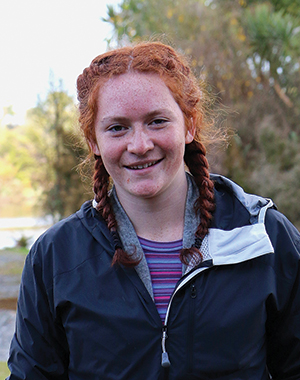 Hinepounamu Apanui-Barr (Kāti Mahaki), 15, goes to Wellington Girls College. She wants to be a doctor and would like to one day practice on the West Coast.
Hinepounamu Apanui-Barr (Kāti Mahaki), 15, goes to Wellington Girls College. She wants to be a doctor and would like to one day practice on the West Coast.
“It’s hard living in Wellington and staying connected to the place you belong to. I come back to Te Waipounamu once or twice a year, so it means heaps to be here in a place that is a big part of my family. This trip has made this place so relevant to us. I think we all feel that this is our place now and not just land we’ve been walking on.”
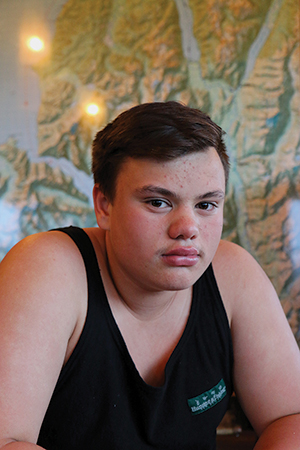 Māka Mahuika (Ngāti Mahaki), 14, is from Hunts Beach, South Westland. He is a full-time boarder at Nelson College.
Māka Mahuika (Ngāti Mahaki), 14, is from Hunts Beach, South Westland. He is a full-time boarder at Nelson College.
“This is the first time I’ve been into Fiordland – it feels like home, this is where we started. Tutoko was just a mountain I had heard about. I’ve seen it now and seen where he lived – he means more now. It’s pretty amazing.
“I would like to see more of these courses, they help build character and leadership and working as a team.”
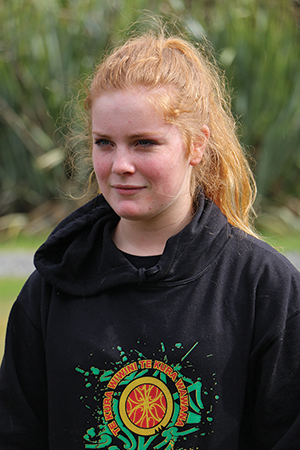 Lily Collins (Ōraka Aparima), 16,is a student at Queens High School in Dunedin.
Lily Collins (Ōraka Aparima), 16,is a student at Queens High School in Dunedin.
Of the opportunity to participate in Te Ara Whakatipu she says, “This is my whenua, I wanted to come here and trace the footsteps of my ancestors and connect to the whenua.
“I’ve made new friends and gained a lot of confidence – having to sing in front of people and speak in front of people and just working together in the kitchen.
“I would like to see lots of Ngāi Tahu people identifying as Ngāi Tahu and proud to be Ngāi Tahu.”
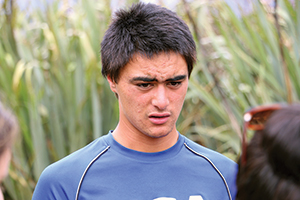 Izayar McLaren (Ōraka Aparima, Ngāti Mahaki), 17, lives in Hokitika. He attends Māwhera Services Academy at Greymouth High School where he is preparing for a career in the army and hopes to become a diesel mechanic.
Izayar McLaren (Ōraka Aparima, Ngāti Mahaki), 17, lives in Hokitika. He attends Māwhera Services Academy at Greymouth High School where he is preparing for a career in the army and hopes to become a diesel mechanic.
“I really liked walking the track and learning about the bush.
“It’s different in the army to what I have experienced here – you aren’t just told to march, you work together to make decisions – it’s good.
“I would do this again, I’ve made new friends here.”
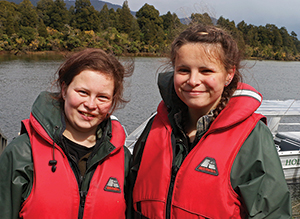 Ruby and Mary Thomson (Ōraka Aparima), 17, are twins from Riverton. They go to James Hargest College in Invercargill.
Ruby and Mary Thomson (Ōraka Aparima), 17, are twins from Riverton. They go to James Hargest College in Invercargill.
“This is one of the first opportunities we’ve had to connect with our Ngāi Tahutanga,” says Mary. “This experience has given me a lot more confidence and pride about being Ngāi Tahu.”
“This hīkoi has opened our eyes,” says Mary. “Understanding more about yourself makes you feel better,” adds Ruby.
